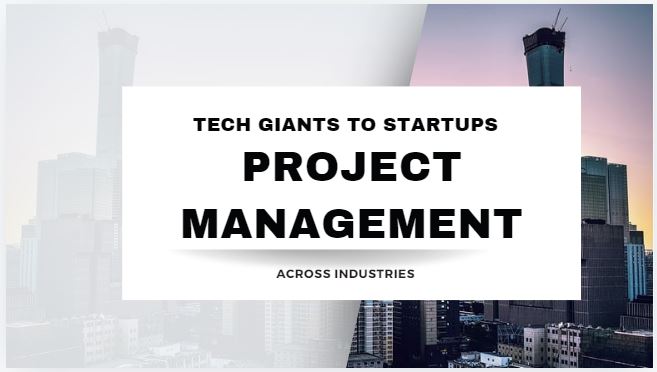“For the success of any mission, it is necessary to have creative leadership. Creative leadership is vital for government, non-governmental organizations as well as industries.” – A. P. J. Abdul Kalam
Creativity in the leadership position is one of the necessary skills or traits of successful leaders.
A study on fostering innovation in leadership, that innovation leadership is defined as a process for creating direction, alignment, and commitment needed to develop and implement something new that adds value.
Leaders often expect innovation or creative ideas from their teams but end up rejecting them and mandating team members to follow the leader. This stunts creativity and innovation in an organization.
Hence an active role in fostering a culture of innovation and creativity is the key responsibility of a leader.
Here are ways in which creativity in problem-solving can be enabled and encouraged in an organization –
- Support the existing talent – Encouraging your team to come up with innovative solutions for any existing or new challenges induces creativity. Rewarding the team members for the ingenuity and uniqueness of solutions motivates them to contribute frequently.
- Implication and execution – Encouraging and supporting your team to brainstorm innovative techniques or solutions to make the process better are good. Still, as a leader, it is your prime responsibility to ensure that the solution is feasible and can be implemented. Adequacy and efficiency of solution implementation and execution require one to be a visionary.
- Choose the right talent – Every team requires a balance of innovators or creative thinkers and effective executioners. Hence choosing the right talent and putting together the correct group of people requires people management skills.
- Innovation silos – Innovation and creativity can have any origin, hence relying on just a bunch of people to do creative thinking, which is known as an ‘innovation silo’ hampers creativity. Instead as a manager, you should be encouraging and supportive of any creative idea put forth by any member of the organization.
- Analytics – Implementing and executing ideas that will generate revenues is one of the key responsibilities of a leader. Hence collecting market research data, analysing the effectiveness of the idea, market testing the idea, and handling its commercialization require core analytical skills.
- Create the mindset – Create a creative mindset and environment in the organization that encourages, motivates, and inspires employees to contribute novel solutions to challenges.
- Upskilling – Lastly, understanding the gaps in skillsets or lack of essential abilities in employees, and providing the resources for upskilling is the sign of effective leadership. Leaders must motivate employees to upskill and upgrade their knowledge for better contributions.
To become a creative leader, encouraging innovation and originality and balancing out the commercialization and scalability aspects of the idea are of prime importance.
MIT School of Distance Education (MITSDE) is one such institute that understands the current skills gap in the market and strives hard to reduce it. For this purpose, MITSDE brings to you PG Executive Diploma in Management.
It is an online course designed specifically for working professionals possessing certain years of work experience who wish to enhance their earning potential and climb up the hierarchical ladder.
The PG Executive Diploma in Management courses focuses on technical and soft skills development.
MITSDE has a dedicated team of student success managers who work to create a unique learning experience and assist you in every step of your academic journey.
A placement cell and its offerings like resume-building and career-building sessions help secure a rewarding career.
Lastly, initiatives like MITSDE Labs and Harbour offer you a perfect blend of practical hands-on training and psychological counselling.
Thus, we offer you a complete package to thrive in your career.


